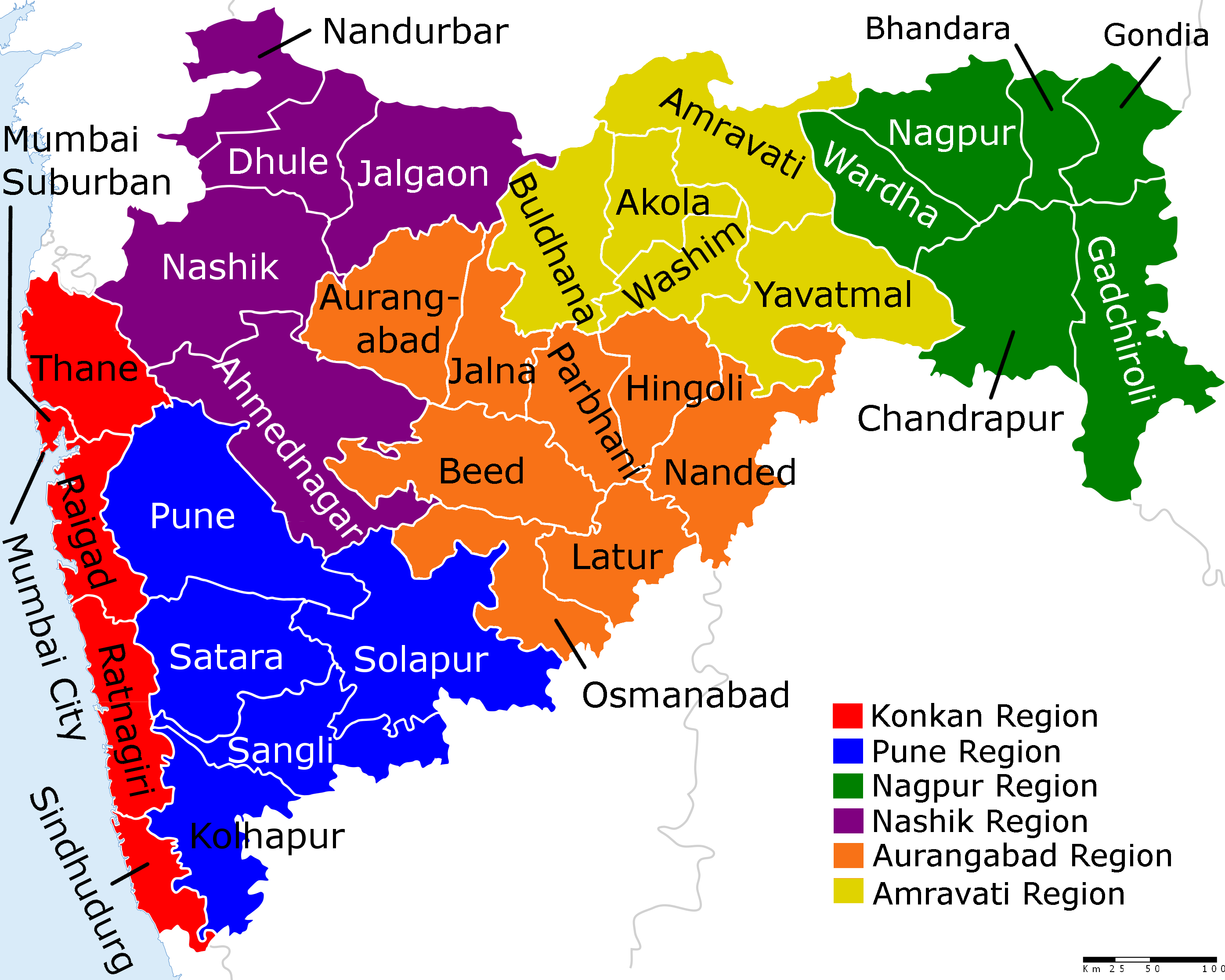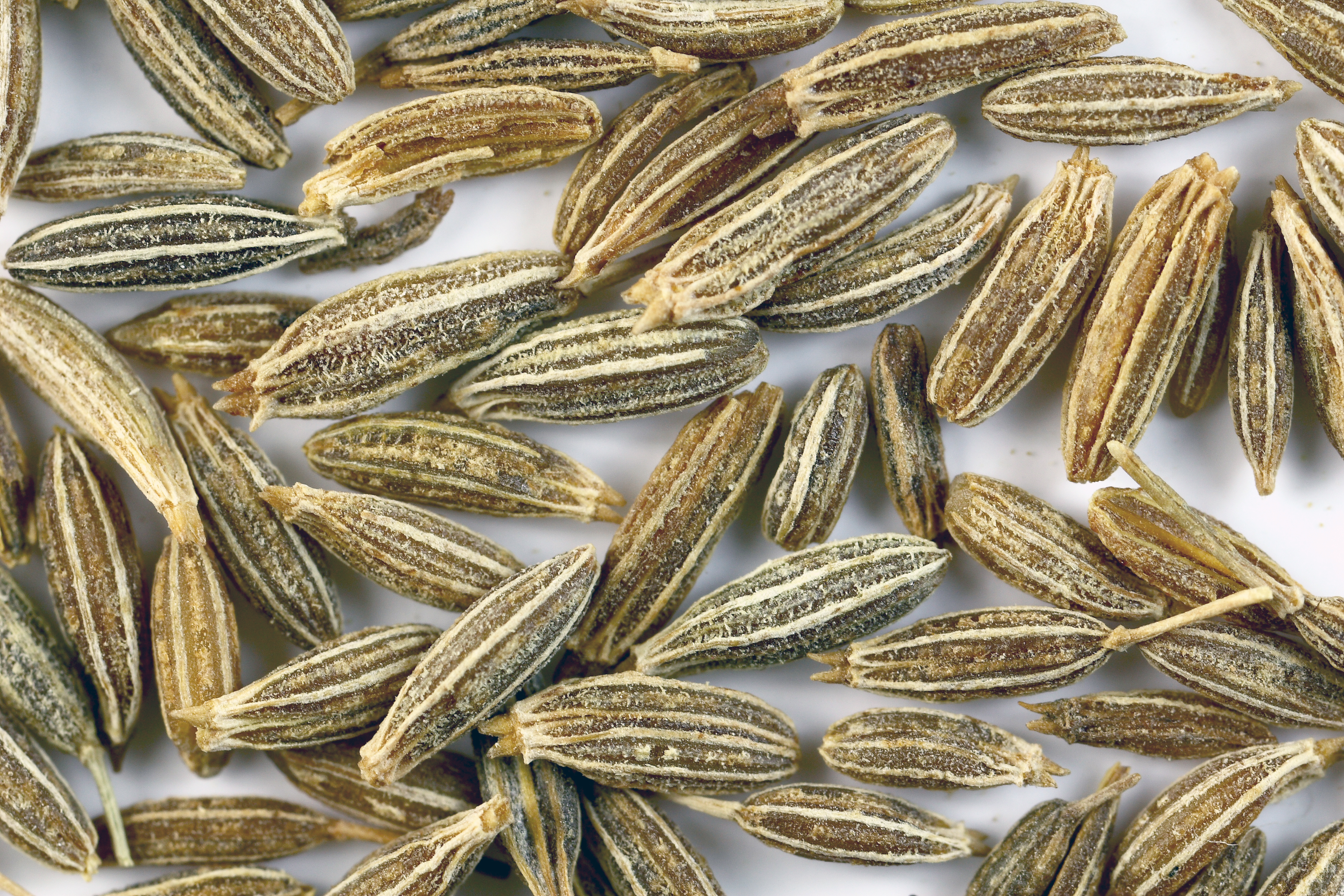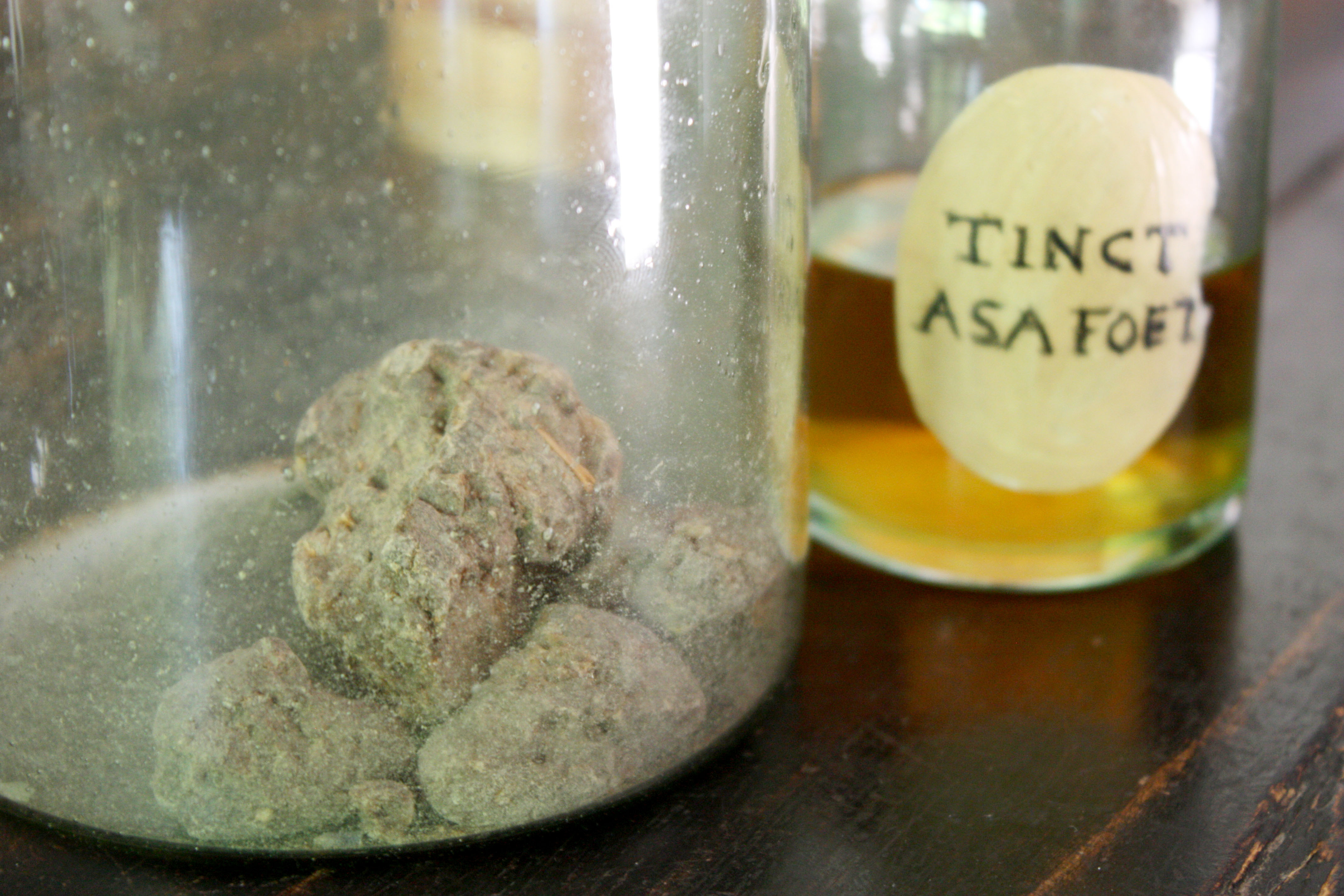|
Thecha
Thecha is a spicy condiment prepared in the state of Maharashtra in India. It has many variants but the primary ingredients are chili peppers (green or red), peanuts and garlic, often tempered in oil (generally peanut) and a multitude of spices such as cumin, sesame seeds, coriander seeds, hing, cloves, coriander leaves and grated coconut seasoning. Traditional recipes call for the ingredients to be crushed or pounded in metal or mortar and pestle, but modern kitchens often rely on grinding in food processors. It is served with dishes like pithla bhakri or is eaten with bhakri. A regional variation is the ''varhadi thecha''. It has been described by celebrity chef Sanjeev Kapoor as a popular relish A relish (a pickle-based condiment) is a cooking, cooked and pickling, pickled culinary dish made of chopped vegetables, fruits or herbs, typically used as a condiment to enhance a staple. Examples are chutneys and the North American relish, a p .... It spoils after 10 to 15 days. R ... [...More Info...] [...Related Items...] OR: [Wikipedia] [Google] [Baidu] |
Bhakri
Bhakri () is a round flatbread often eaten in the cuisines of the states of Maharashtra, Gujarat, Rajasthan, and Karnataka in India. Bhakri is prepared using jowar or bajra, which is coarser than a regular wheat chapati. Bhakri can be either soft or hard in texture, unlike khakhra in respect to hardness. Grains and variants Different types of millet are the common grains used for making bhakris. These millet bhakris are popular in the Deccan plateau regions of India (Maharashtra and Northern Karnataka) as well as the semi-arid regions of Rajasthan. In the coastal Konkan and Goa regions of western India rice flour is used for making bhakri. # Jowar bhakri – Jowar bhakris are the most common type of bhakri. The dough is prepared by mixing jowar flour with hot water and then flattened by hand. # Bajra bhakri – Bajra bhakris are mainly prepared in winter, especially near the festival of Sankranti. The preparation is similar to jowar bhakris. # Makai bhakri – Cornmeal bhakr ... [...More Info...] [...Related Items...] OR: [Wikipedia] [Google] [Baidu] |
Maharashtrian Cuisine
Maharashtrian or Marathi cuisine is the cuisine of the Marathi people from the Indian state of Maharashtra. It has distinctive attributes, while sharing much with other Indian cuisines. Traditionally, Maharashtrians have considered their food to be more austere than others. Maharashtrian cuisine includes mild and spicy dishes. Wheat, rice, ''jowar'', ''bajri'', vegetables, lentils and fruit are dietary Staple food, staples. Peanuts and cashews are often served with vegetables. Meat was traditionally used sparsely or only by the well-off until recently, because of economic conditions and culture. The urban population in metropolitan cities of the state has been influenced by cuisine from other parts of India and abroad. For example, the South Indian dishes ''idli'' and ''Dosa (food), dosa'', as well as Indian Chinese cuisine, Chinese and Western dishes such as pizza, are popular in home cooking and in restaurants. Distinctly Maharashtrian dishes include ''ukdiche modak'', , ''kan ... [...More Info...] [...Related Items...] OR: [Wikipedia] [Google] [Baidu] |
Cumin
Cumin (, ; ; ''Cuminum cyminum'') is a flowering plant in the family Apiaceae, native to the Irano-Turanian Region. Its seeds – each one contained within a fruit, which is dried – are used in the cuisines of many cultures in both whole and ground form. Although cumin is used in traditional medicine, there is no high-quality evidence that it is safe or effective as a therapeutic agent. Etymology and pronunciation The term comes via Middle English ''comyn'', from Old English ''cymen'' (which is cognate with Old High German ''kumin'') and Old French cummin, both from the Latin term . This in turn comes from the Ancient Greek (), a Semitic languages, Semitic borrowing related to Hebrew language, Hebrew () and Arabic (). All of these ultimately derive from Akkadian language, Akkadian (). The English word is traditionally pronounced (), like "coming" with an ⟨n⟩ instead of ⟨ng⟩ (/ŋ/)."Cumin." '' A Way with Words'' (Radio broadcast/podcast). 25 October 2014. Re ... [...More Info...] [...Related Items...] OR: [Wikipedia] [Google] [Baidu] |
Sesame
Sesame (; ''Sesamum indicum'') is a plant in the genus '' Sesamum'', also called benne. Numerous wild relatives occur in Africa and a smaller number in India. It is widely naturalized in tropical regions around the world and is cultivated for its edible seeds, which grow in pods. World production in 2018 was , with Sudan, Myanmar, and India as the largest producers. Sesame seed is one of the oldest oilseed crops known, domesticated well over 3,000 years ago. ''Sesamum'' has many other species, most being wild and native to sub-Saharan Africa. ''S. indicum,'' the cultivated type, originated in India. It tolerates drought conditions well, growing where other crops fail. Sesame has one of the highest oil contents of any seed. With a rich, nutty flavor, it is a common ingredient in cuisines around the world. Like other foods, it can trigger allergic reactions in some people and is one of the nine most common allergens outlined by the Food and Drug Administration. Etymology Th ... [...More Info...] [...Related Items...] OR: [Wikipedia] [Google] [Baidu] |
Asafoetida
Asafoetida (; also spelled asafetida) is the dried latex (Natural gum, gum oleoresin) exuded from the rhizome or tap root of several species of ''Ferula'', perennial herbs of the carrot family. It is produced in Iran, Afghanistan, Central Asia, southern India and Northwest China (Xinjiang). Different regions have different botanical sources. Asafoetida has a Pungency, pungent smell, as reflected in its name, lending it the common name of "stinking gum". The odour dissipates upon cooking; in cooked dishes, it delivers a smooth flavour reminiscent of leeks or other onion relatives. Asafoetida is also known colloquially as "devil's dung" in English (and similar expressions in many other languages). Etymology and other names The English language, English name is derived from ''asa'', a Romanization, Latinised form of Persian language, Persian 'mastic (plant resin), mastic', and Latin 'stinky'. Other names include, with its pungent odour having resulted in many unpleasant na ... [...More Info...] [...Related Items...] OR: [Wikipedia] [Google] [Baidu] |
Mortar And Pestle
A mortar and pestle is a set of two simple tools used to prepare ingredients or substances by compression (physics), crushing and shear force, grinding them into a fine Paste (rheology), paste or powder in the kitchen, laboratory, and pharmacy. The ''mortar'' () is characteristically a bowl, typically made of hardwood, metal, ceramic, or hard stone such as granite. The ''pestle'' (, also ) is a blunt, club-shaped object. The substance to be ground, which may be wet or dry, is placed in the mortar where the pestle is pounded, pressed, or rotated into the substance until the desired texture is achieved. Mortars and pestles have been used in cooking since the Stone Age; today they are typically associated with the pharmacy profession due to their historical use in preparing medicines. They are used in chemistry settings for pulverizing small amounts of chemicals; in arts and cosmetics for pulverizing pigments, binders, and other substances; in ceramics for making Grog (clay), grog; ... [...More Info...] [...Related Items...] OR: [Wikipedia] [Google] [Baidu] |
The Times Of India
''The Times of India'' (''TOI'') is an Indian English-language daily newspaper and digital news media owned and managed by the Times Group. It is the List of newspapers in India by circulation, third-largest newspaper in India by circulation and List of newspapers by circulation, largest selling English-language daily in the world. It is the oldest English-language newspaper in India, and the second-oldest Indian newspaper still in circulation, with its first edition published in 1838. It is nicknamed as "The Old Lady of Bori Bunder", and is a newspaper of record. Near the beginning of the 20th century, Lord Curzon, the Viceroy of India, called ''TOI'' "the leading paper in Asia". In 1991, the BBC ranked ''TOI'' among the world's six best newspapers. It is owned and published by Bennett, Coleman & Co. Ltd. (BCCL), which is owned by the Sahu Jain family. In the Brand Trust Report India study 2019, ''TOI'' was rated as the most trusted English newspaper in India. In a 2021 surve ... [...More Info...] [...Related Items...] OR: [Wikipedia] [Google] [Baidu] |
Sanjeev Kapoor
{{Infobox chef , name = Sanjeev Kapoor , image = Sanjeev kapoor at the Launch of new restaurant 'Arola' at J W Marriott.jpg , image_size = , caption = Kapoor in 2016 , birth_date = {{Birth date and age, df=yes, 1964, 4, 10 , birth_place = Ambala, Haryana, India , occupation = {{hlist, Chef, television presenter, entrepreneur , spouse = Alyona Kapoor , style = Indian cuisine , education = Institute of Hotel Management, New Delhi , ratings = , restaurants = , prevrests = , television = Signature, Khazana, The Yellow Chilli, Pin yin Café, Gold Leaf Banquets, Sura Vie , awards = Padma Shri (2017) , website = {{official URL , known_for = Creating the Shaam Savera dish Sanjeev Kapoor (born 10 April 1964) is an Indian celebrity chef, television presenter, and entrepreneur. He began his career in the hospitality industry in 1984 after completing the Diploma ... [...More Info...] [...Related Items...] OR: [Wikipedia] [Google] [Baidu] |
Relish
A relish (a pickle-based condiment) is a cooking, cooked and pickling, pickled culinary dish made of chopped vegetables, fruits or herbs, typically used as a condiment to enhance a staple. Examples are chutneys and the North American relish, a pickled cucumber jam eaten with hot dogs. In North America, the word "relish" is frequently used to describe a single variety of finely chopped pickled cucumber relish, such as pickle, dill and sweet relishes. Relish generally consists of discernible vegetable or fruit pieces in a sauce, although the sauce is subordinate in character to the vegetable or fruit pieces. Herbs and seeds may also be used, and some relishes, such as chermoula, are prepared entirely using herbs and spices. Relish can consist of a single type or a combination of vegetables and fruit, which may be coarsely or finely chopped; its texture will vary depending on the slicing style used for these solid ingredients, but generally a relish is not as smooth as a sauce-typ ... [...More Info...] [...Related Items...] OR: [Wikipedia] [Google] [Baidu] |
Vegetarian Dishes Of India
Vegetarianism is the practice of abstaining from the Eating, consumption of meat (red meat, poultry, seafood, insects as food, insects, and the flesh of any other animal). It may also include abstaining from eating all by-products of animal slaughter. A person who practices vegetarianism is known as a vegetarian. Vegetarianism may be adopted for various reasons. Many people ethics of eating meat, object to eating meat out of respect for Sentience, sentient animal life. Such ethical motivations have been codified vegetarianism and religion, under various religious beliefs as well as animal rights advocacy. Other motivations for vegetarianism are health-related, political, Environmental vegetarianism, environmental, cultural, aesthetic, Economic vegetarianism, economic, gastronomy, taste-related, or relate to other personality psychology, personal preferences. A small number of towns and cities around the world are exclusively vegetarian or have outlawed meat, including Rishikesh ... [...More Info...] [...Related Items...] OR: [Wikipedia] [Google] [Baidu] |
Hindu Cuisine
Hindus (; ; also known as Sanātanīs) are people who religiously adhere to Hinduism, also known by its endonym Sanātana Dharma. Jeffery D. Long (2007), A Vision for Hinduism, IB Tauris, , pp. 35–37 Historically, the term has also been used as a geographical, cultural, and later religious identifier for people living in the Indian subcontinent. It is assumed that the term ''"Hindu"'' traces back to Avestan scripture Vendidad which refers to land of seven rivers as Hapta Hendu which itself is a cognate to Sanskrit term ''Sapta Sindhuḥ''. (The term ''Sapta Sindhuḥ'' is mentioned in Rig Veda and refers to a North western Indian region of seven rivers and to India as a whole.) The Greek cognates of the same terms are "''Indus''" (for the river) and "''India''" (for the land of the river). Likewise the Hebrew cognate ''hōd-dū'' refers to India mentioned in Hebrew BibleEsther 1:1. The term "''Hindu''" also implied a geographic, ethnic or cultural identifier for people ... [...More Info...] [...Related Items...] OR: [Wikipedia] [Google] [Baidu] |






